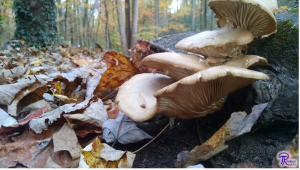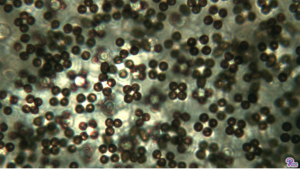#012: Characteristics of Phylum Ascomycota
Phylum Ascomycota includes about 75% of described fungal species.* It includes the baker’s yeast, Saccharomyces ceriviciae, scientifically important fungi such as Neurospora crassa and Penicillium chrysogenum, a number of desirable edible mushrooms, most notably morels and truffles, most lichenized fungi, and many important plant pathogens, such as the causal agent of chestnut blight. As you can tell from this list, the ascomycetes have a variety of life history strategies and ecological roles. Many ascomycetes grow as hyphae, others grow as yeasts, and some can even switch between the two. Some ascomycota only reproduce sexually, others only reproduce asexually, and many do both. Ascomycetes can be saprophytic (they decompose non-living matter), parasitic (on plants, bugs, humans, etc.), or mutualistic (with algae, plants, or even beetles). Ascomycota have provided us with penicillin and have helped scientists understand the cell cycle, meiosis, and heredity. Despite this diversity, Ascomycota is a monophyletic group (it...







![#011: Characteristics of Kingdom Fungi [Archived]](https://www.fungusfactfriday.com/wp-content/themes/hueman/assets/front/img/thumb-small-empty.png)


